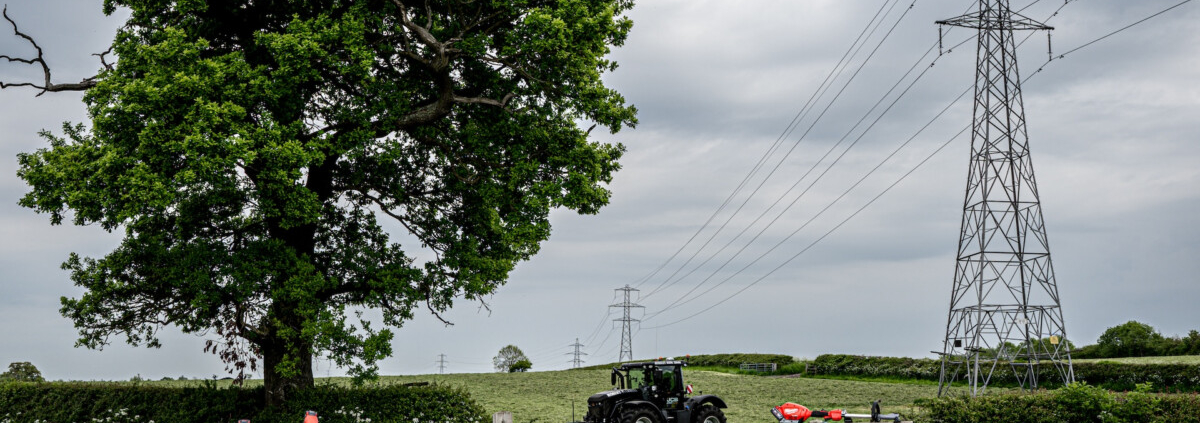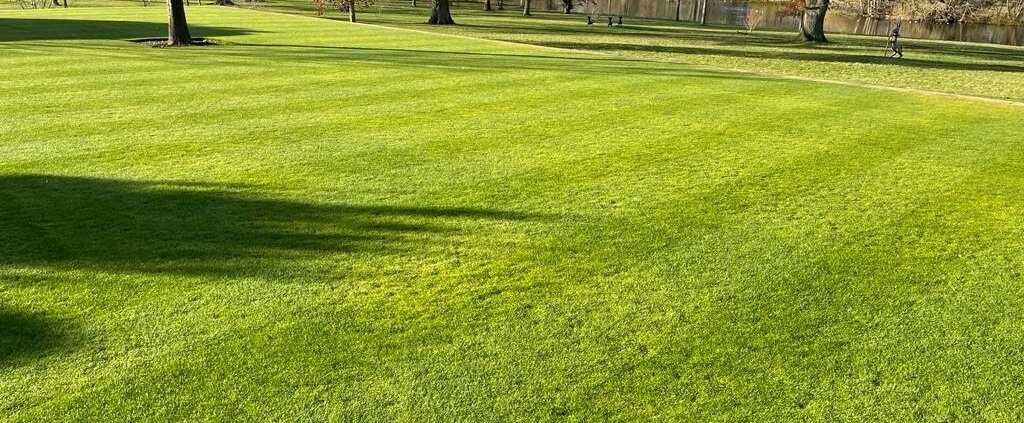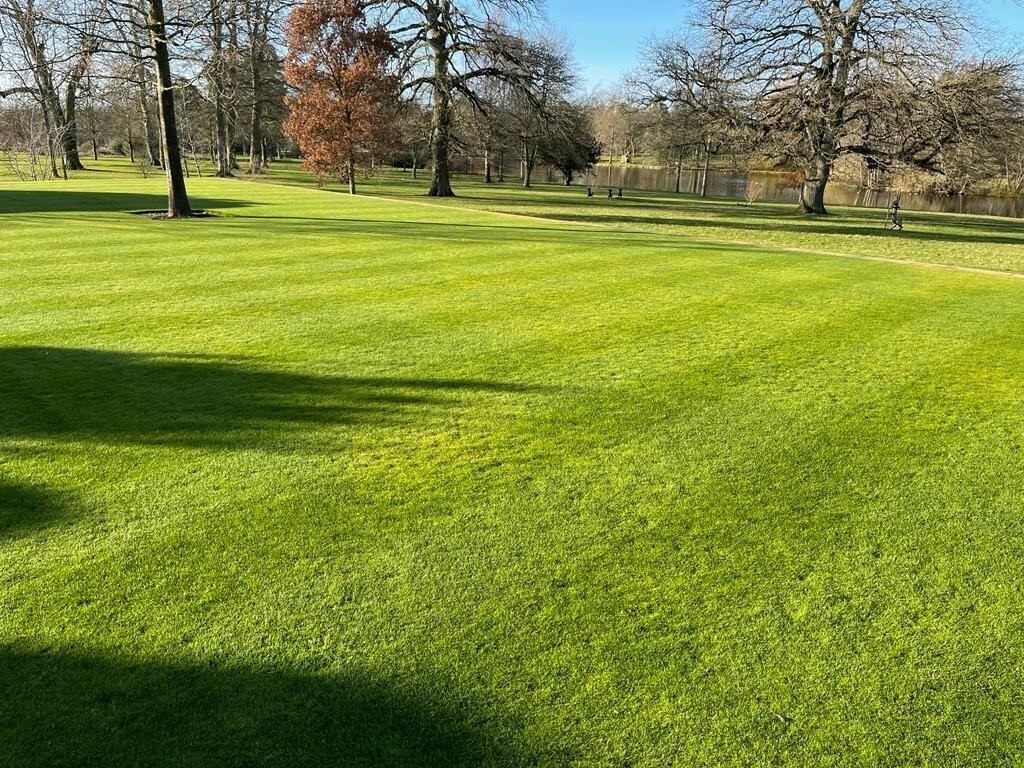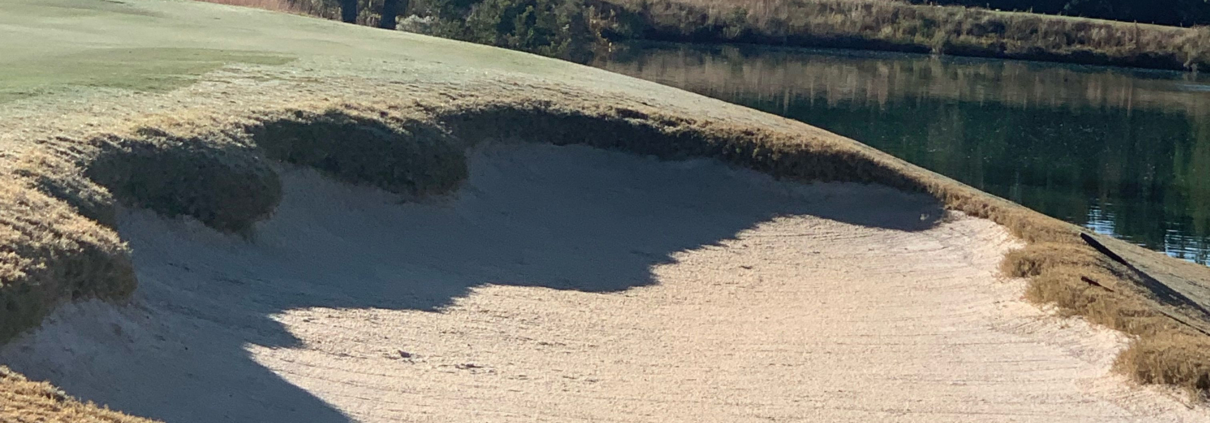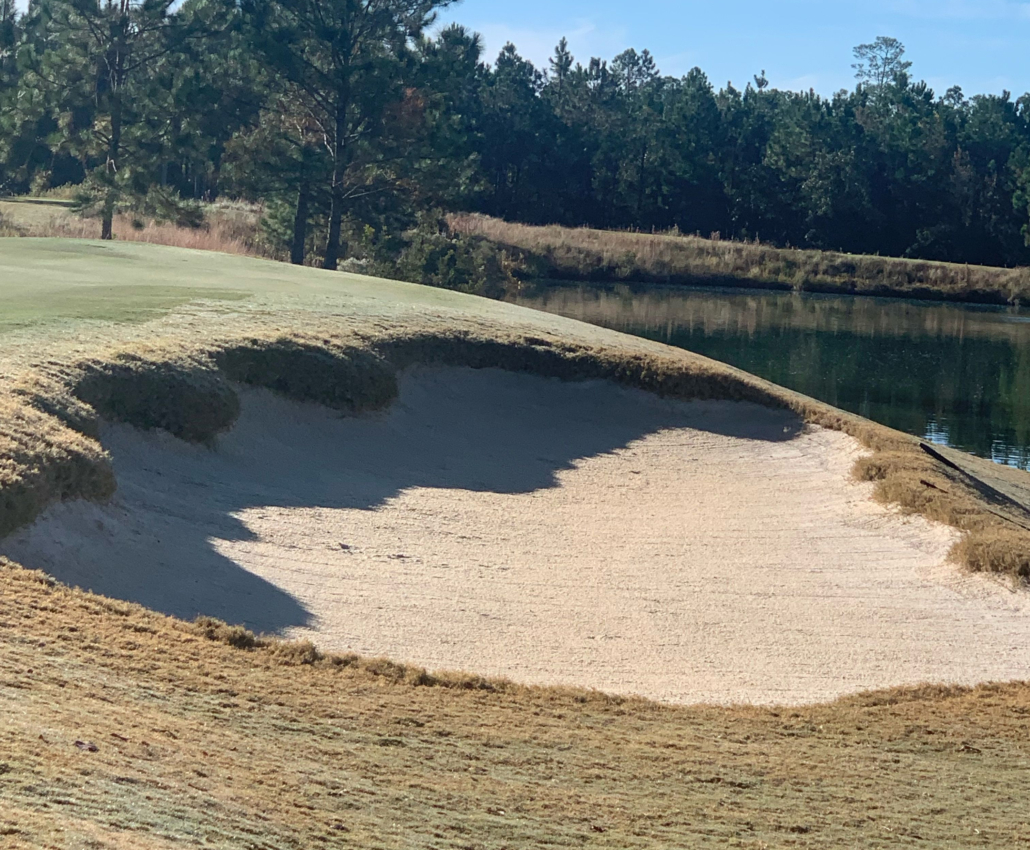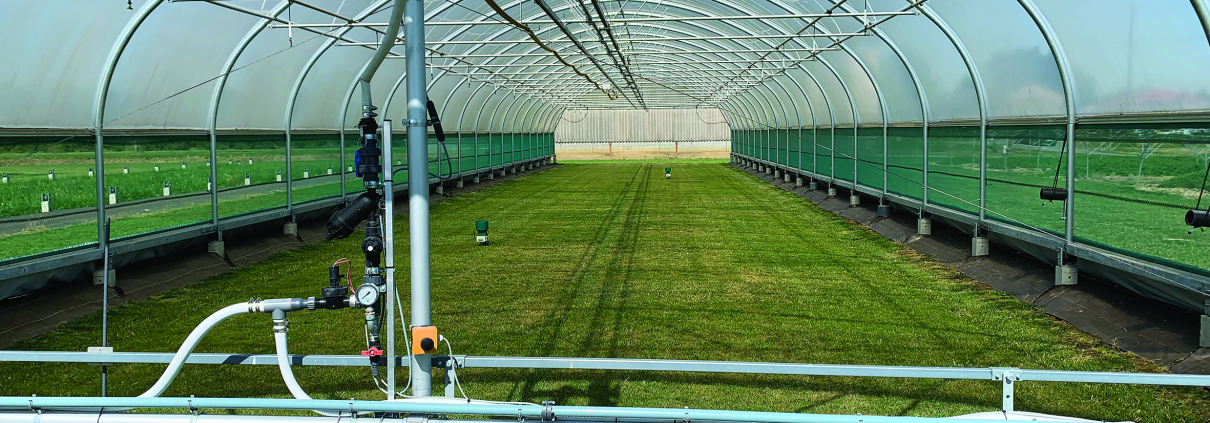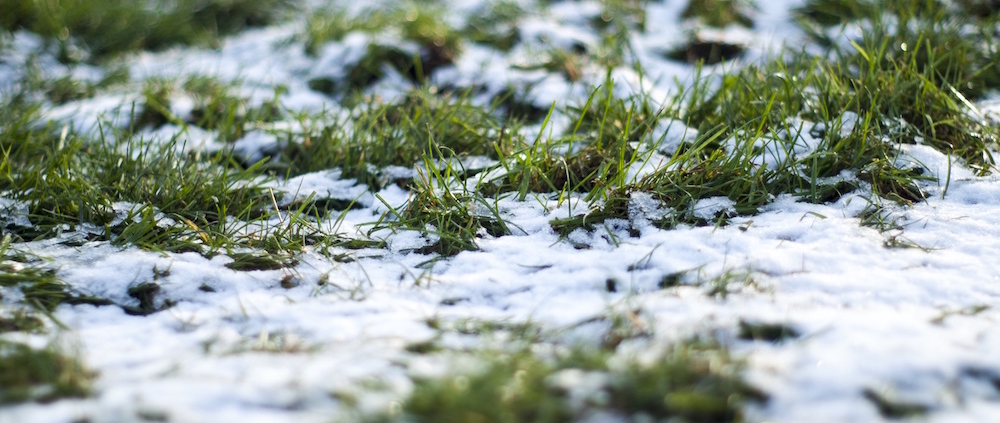Milwaukee Tool is just getting started
Milwaukee Tool is just getting started: Global manufacturer of heavy-duty power tools, accessories and hand tools for professional users worldwide, Milwaukee Tool, has expanded its range of outdoor power equipment (OPE) to help provide industry professionals with a one-stop shop of the tools they need to complete the job at hand.
First launched in 2017, Milwaukee Tool’s OPE range has grown to feature more than 60 tools and cordless solutions, and the manufacturer is continuing to develop equipment to meet the demands of its customers, with the latest releases including updates to its range of lawn mowers, blowers, pole saws, hedge trimmers and more.

Milwaukee Tool is just getting started
Rhys Adams, national sales manager OPE commented: “Thanks to our extensive OPE range, professionals have access to a singular battery platform with the right tools to ensure they can get the job done with ease and efficiency. To further support our customers, we’ve invested heavily in the development of our leading battery powered equipment, ensuring the needs of the end user are put first, each and every time.”
Among the products launching this year is the M18 FUEL DUAL BATTERY SELF PROPELLED LAWN MOWER with a 46cm (M18 F2LM46) steel deck and blade design. Following the successful launch of its flagship 53cm (M18 F2LM53) lawn mower in 2022, Milwaukee Tool has expanded the range to provide users with a more compact, 46cm option suitable for a range of grass types. Furthermore, the 46cm lawn mower provides gardening, landscaping and agriculture professionals with more manoeuvrability, allowing them to reach tighter spaces for a best-in-class cut.
It is joined by not one but two M18 FUEL HEDGE TRIMMER options to provide a range of solutions for professionals in the gardening, horticultural and landscaping sectors. The first features a double sharpened 45cm (M18 FHET45) blade which allows users to cut through branches up to 19mm thick. Meanwhile, the 60cm (M18 FHET60) option can tackle branches up to 20cm thick – providing a powerful yet flexible solution to achieve a cleaner cut, every time.
To help professionals reach new heights, the M18 BUSHLESS TELESCOPIC SHEAR (M18 BLTS) allows users to expand the tool from 2.1 metres up to 3 metres 2.1m up to 3m, with the power to cut through branches up to 4.4cm thick in those hard-to-reach places. The shear’s retractable branch hook not only helps users keep a compressed profile for better access but also provides a sturdy solution for pulling down tangled branches with ease.
Further expanding the range’s telescoping capabilities, Milwaukee Tool has developed the M18 FUEL TELESCOPING POLE SAW 30 CM (M18 FTPS30) to achieve precise cuts in higher tree areas. Providing users with powerful cutting performance and balance, even when extended to up to 400cm, the pole saw can achieve powerful cutting performance due to a chain speed of 25.4m/s, high torque and a 30cm cutting length for fast and effective results.
Rhys added: “We’re excited to be expanding this range in 2024, to bring even more solutions to tackle the challenges our customers are facing at work every day. With these new releases, landscaping, horticultural and agricultural professionals can utilise their existing Milwaukee Tool battery platforms to guarantee that the same level of power and performance is achieved across their complete tool set.”
More products are set to join the range later this year including a DUAL BATTERY BACKPACK BLOWER and a third-generation release of its M18 FUEL BLOWER, as well as a variety of new attachments for Milwaukee Tool’s M18 FUEL OUTDOOR POWER HEAD WITH QUIK-LOK.
To find out more about these products, or to discover the full range of outdoor power equipment available from Milwaukee Tools click here or visit https://uk.milwaukeetool.eu/.
For the latest industry news visit turfmatters.co.uk/news
Get all of the big headlines, pictures, opinions and videos on stories that matter to you.
Follow us on Twitter and Instagram for fun, fresh and engaging content.
You can also find us on Facebook for more of your must-see news, features, videos and pictures from Turf Matters.

